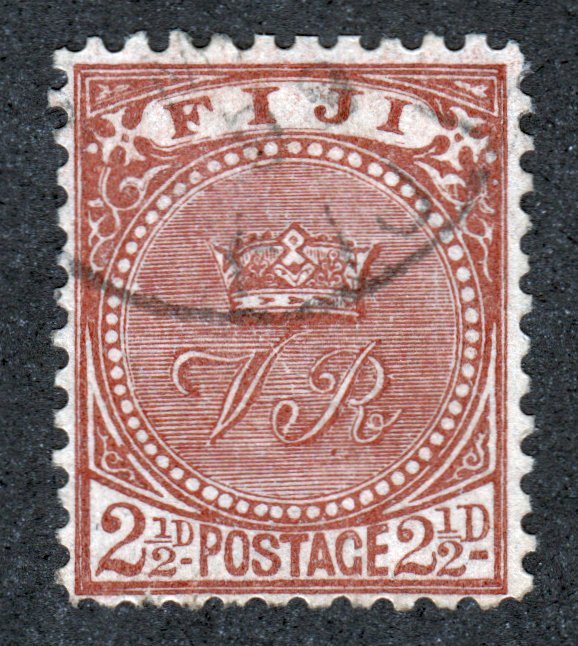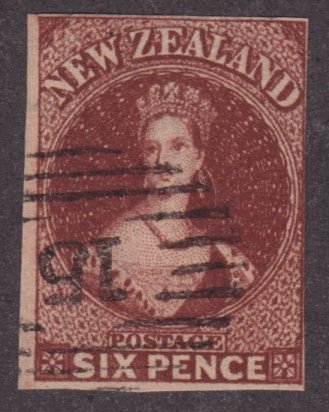
Discussion - Member to Member Sales - Research Center

Discussion - Member to Member Sales - Research Center

What is the significance of that number?



Login to Like
this post
So the letter passed from Frankfurt to France and then back to Strasburg?
Welcome to SOR!
-Paul

Login to Like
this post
Probably "Strasbourg" as we spell it today, and not Strasburg as written on the letter, correct? I think Strasbourg was a French city in 1827, so the single border-crossing would have been correct the time.
Sorry I can't help with the number near the wax seal.
-Steve

Login to Like
this post
No, it did not return to Germany. The rubber stamp is a French post received and transit mark; essentially a postage paid mark. This is way before the Universal Postage Union.
German spelling for Strasbourg was as on the letter. French spelling is what we use today.

Login to Like
this post
10:29:15pm
This folded letter is dated May 19, 1827. The marks on the front are self-explanatory: Circular date stamp, French transit/received marking in upper left. Script 9, which was the Turn and Taxis rate paid in Frankfurt Kreuzer. My question concerns the marking on the back. Next to the red stain left by a wax seal is a number, either 16 or 91 depending on how you view it.
What is the significance of that number?



Login to Like
this post
08:17:03pm
re: Another Frankfurt Puzzle
So the letter passed from Frankfurt to France and then back to Strasburg?
Welcome to SOR!
-Paul

Login to Like
this post

re: Another Frankfurt Puzzle
Probably "Strasbourg" as we spell it today, and not Strasburg as written on the letter, correct? I think Strasbourg was a French city in 1827, so the single border-crossing would have been correct the time.
Sorry I can't help with the number near the wax seal.
-Steve

Login to Like
this post
09:21:42pm
re: Another Frankfurt Puzzle
No, it did not return to Germany. The rubber stamp is a French post received and transit mark; essentially a postage paid mark. This is way before the Universal Postage Union.
German spelling for Strasbourg was as on the letter. French spelling is what we use today.

Login to Like
this post

